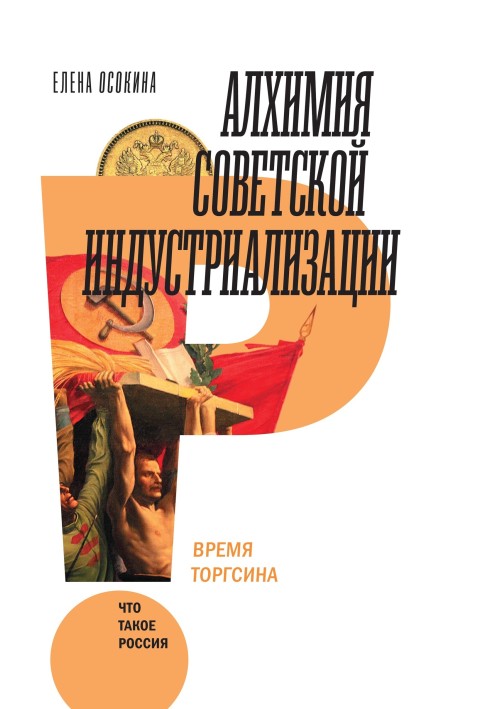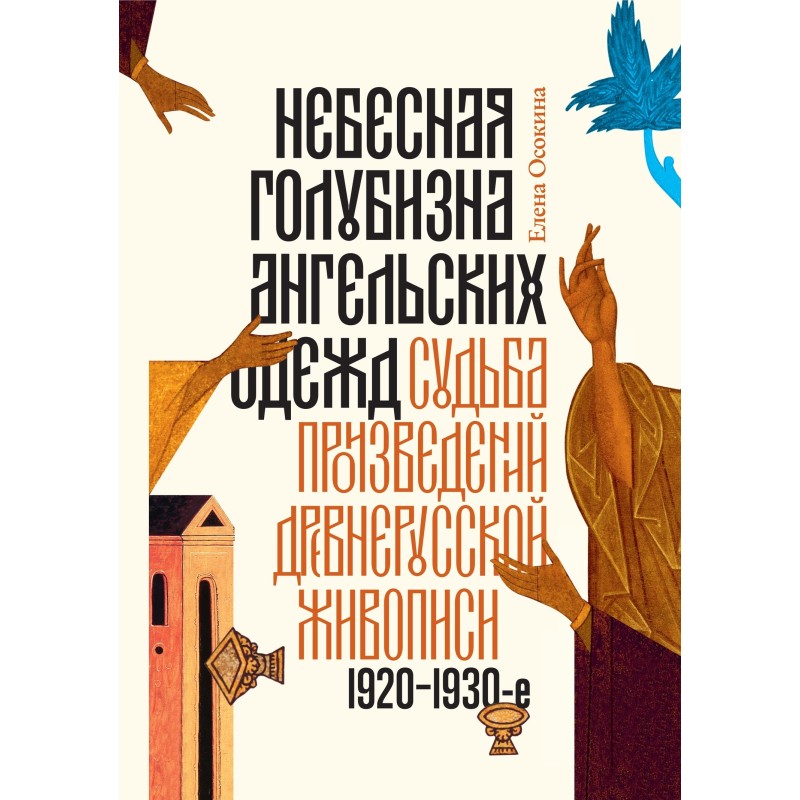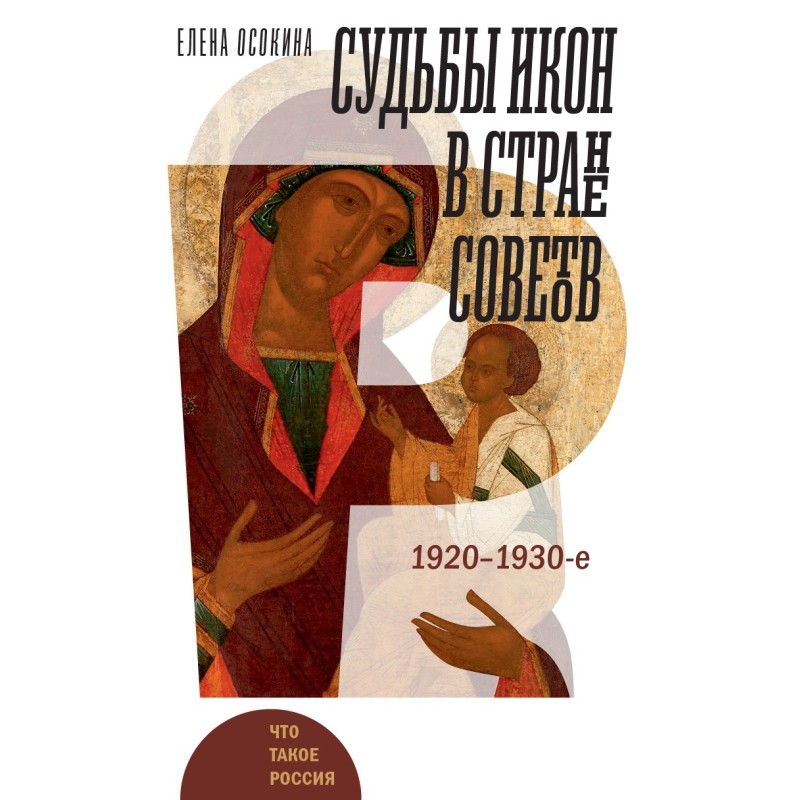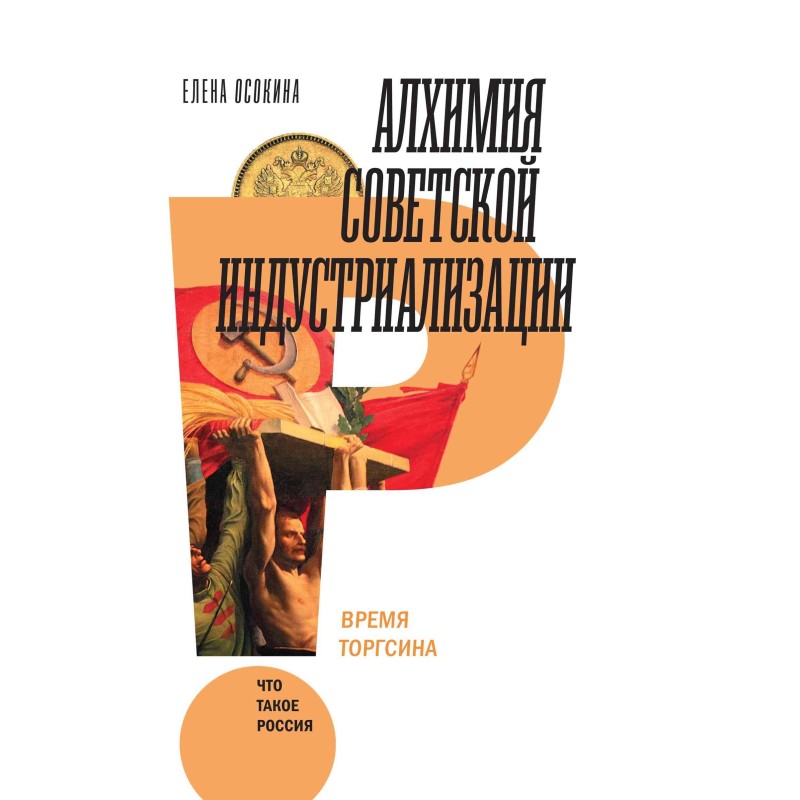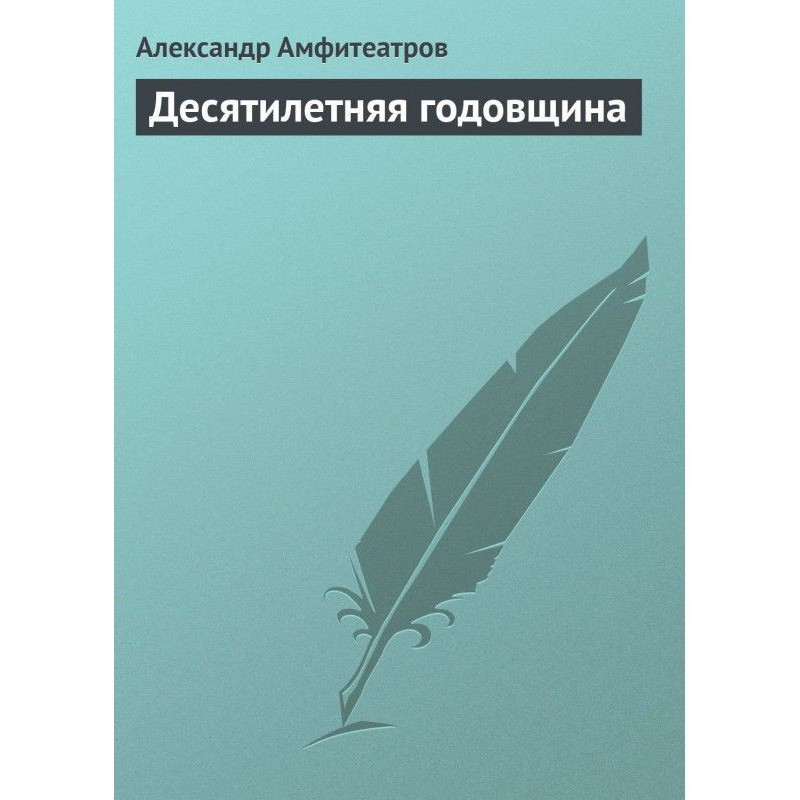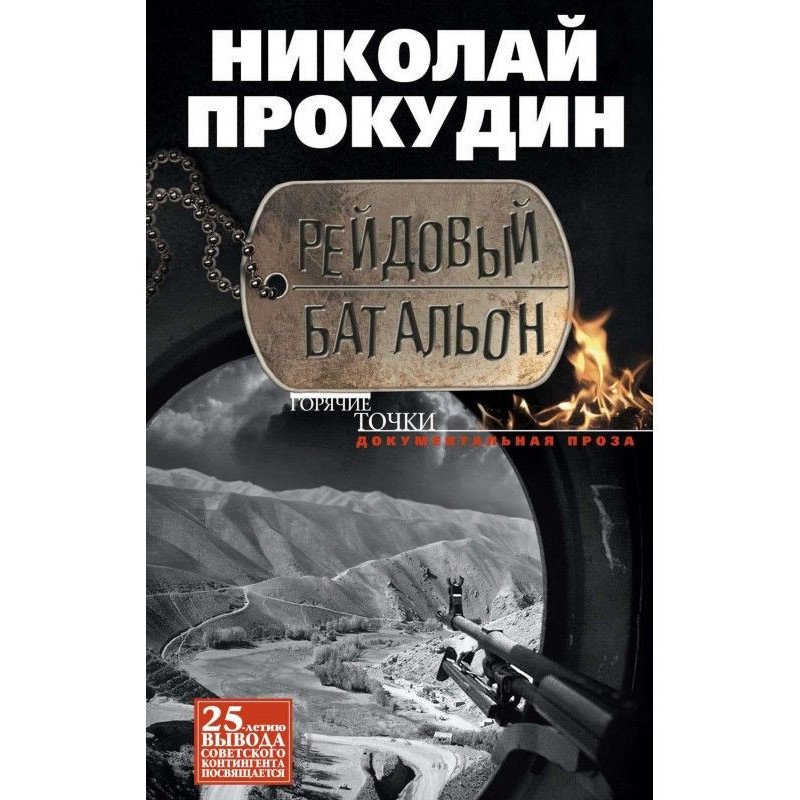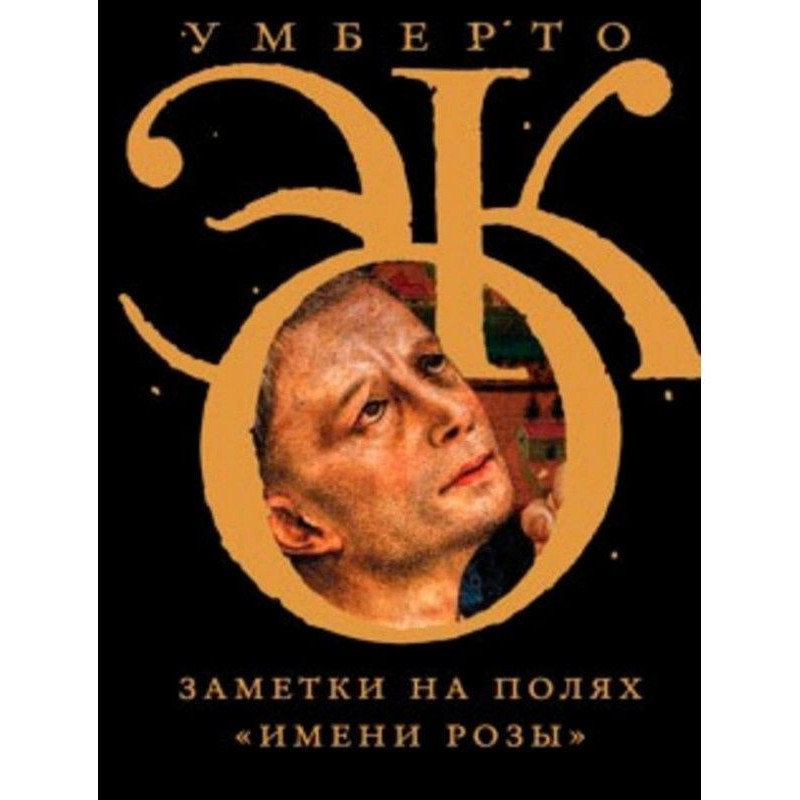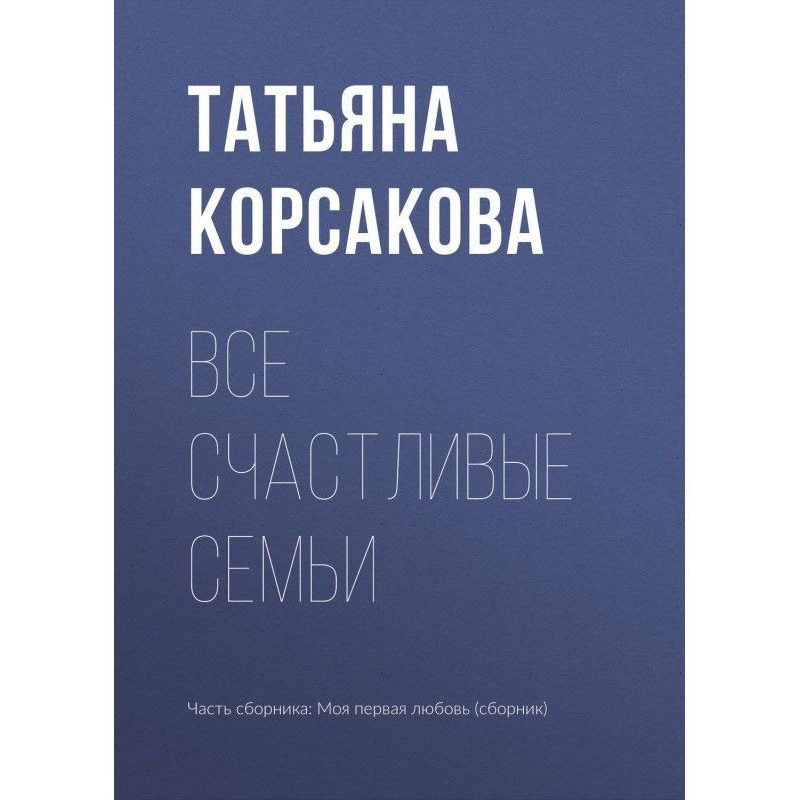The alchemy of Soviet industrialization
 Instant download
Instant download
after payment (24/7)
 Wide range of formats
Wide range of formats
(for all gadgets)
 Full book
Full book
(including for Apple and Android)
Medieval alchemists struggled to create a philosopher's stone that could turn ordinary metals into gold. Stalin's leadership managed to create his likeness. The philosophical stone of Soviet industrialization was the Torgsin stores, in which, during the hungry years of the first five-year plans, Soviet citizens were forced to exchange gold, currency, and products made of precious metals for rye flour, cereals, sugar and simple consumer goods. Torgsin became a cynical way to replenish the budget of the Soviet state, which began the modernization of the country while bankrupt and without gold and foreign exchange reserves. The peasant country's rapid leap into an industrial future was largely financed by the personal savings of its citizens. The book is full of details of everyday life in the 1930s, the era of the emergence of Soviet consumer culture, the planned economy, shortages and the black market. Elena Osokina – Doctor of Historical Sciences, professor, author of books on the socio-economic history of the first decades of Soviet power.
Data sheet
- Name of the Author
- Елена Осокина Александровна
- Language
- Russian
Reviews
Вражаючий аналіз радянської індустріалізації
Книга "Алхімія радянської індустріалізації" - це справжній шедевр, який відкриває нові горизонти розуміння економічної та соціальної історії Радянського Союзу. Олена Осокіна майстерно поєднує історичні факти з глибоким аналізом, що дозволяє читачеві не лише ознайомитися з подіями 1930-х років, а й зрозуміти їхній вплив на повсякденне життя людей. Авторка детально описує, як магазини «Торгсин» стали символом цинічної політики держави, яка змушувала громадян жертвувати своїми заощадженнями заради виживання. Книга сповнена цікавих подробиць, які роблять її не лише науковим дослідженням, а й захоплюючим читанням. Я рекомендую цю книгу всім, хто цікавиться історією, економікою та соціальними змінами, адже вона пропонує унікальний погляд на складний період в історії нашої країни.

